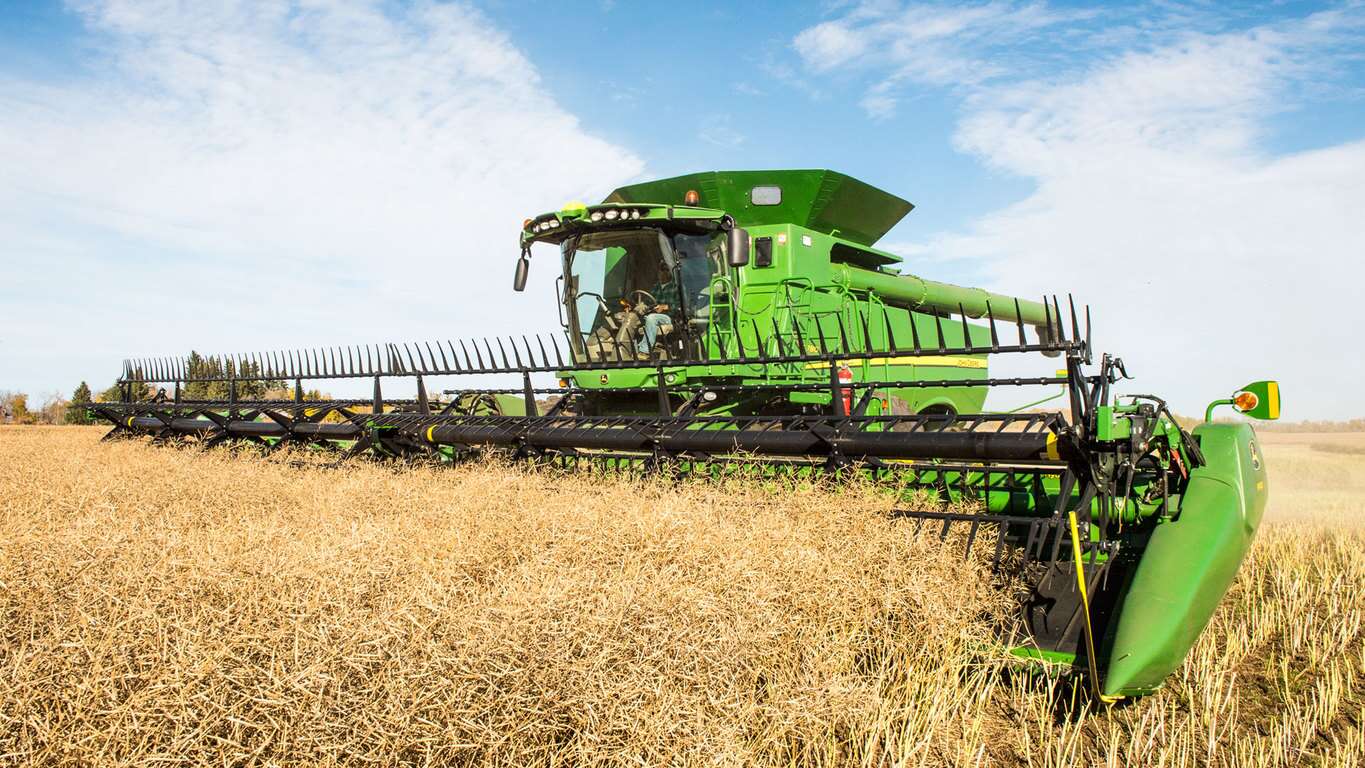You are aware of the challenges involved in boosting the yield of crops, especially those related to the harvest. Thanks to technological advancements made in recent decades, all-crop harvest concaves are making it possible for farmers to minimize crop waste. Although concaves are designed for gentle or hard-threshing, getting optimum output in adverse conditions is challenging. However, you can maximize yield and profit by choosing the best harvest concaves available in the market and maintaining and adjusting them as per your crop requirements. Why compromise with performance, when you can get the best without any additional investment.
Tips to Minimize Harvest Losses
The efficacy of your combine, a highly complex machine designed to simplify gathering, threshing, and cleaning grain, depends on how it is equipped and adjusted for specific crops and conditions. You can minimize harvest loss and get a high-quality grain crop. Harvest concave of the combine harvester is responsible for threshing–freeing seeds from plants, and winnowing—separating grains from the chaff. So, the quality of your harvest depends on how effectively you maintain and adjust the harvest concave.
Maintenance and Safety
Wear and tear is natural with all mechanical equipment, so you should strictly follow the safety instructions and maintenance checklist provided by the manufacturer. If parts are defective, your combine will operate at less than optimum capacity thus affecting the quality of your harvest. Check roller chain knives on the cutter-bar head, and don’t forget to check rotor and concave in thrashing and separation areas. Replace worn-out sieves and augurs to avoid grain damage.
Header Adjustments
The header of your combine, the first point of contact of the machine with the crop, is the biggest source of harvest losses. You have to adjust the gathering chain, stripping roll, deck plates according to the crop. Be careful about setting auger clearance for better efficiency. Match feeder-house and corn head gathering speed, as a mismatch could damage other parts and increase gain loss. Follow crop-specific user manuals and make adjustments accordingly to get better performance.
Adjust Feeder-house
Adjusting the feeder-house according to the crop is the most important part of your mission to minimize harvest loss. Set feeder-house height properly and accelerator speed optimally so that whole ears are moved into the combine for high-quality thrashing.
Threshing Adjustments
The quality of threshing depends on the balance between rotor speed and concave clearance. You have to make necessary adjustments to rotor speed according to the crop to prevent grain damage. You should begin with a factory-recommended rotor speed and concave clearance setting and fine tune further according to crop and field conditions. If rotor speed is high or concave clearance is too wide, there won’t be complete threshing resulting in bad quality output. Follow these time-tested thrashing and separation tips to minimize harvest loss:
• Try to keep the rotor chamber full
• Keep rotor speed at an optimum level, neither too high nor too low for a proper thrashing
• Keep the concave spacing at recommended level to enhance the threshing capability
Adjust Grain Cleaning
The quality of your grain depends on the sieve and fan setting. Follow crop-specific setting instructions and make adjustments accordingly to get the waste-free end product. Be particular about fan speed as the wrong adjustment could lead to harvest loss. Adjust sieve according to fan speed to best quality separation results.
Takeaway
It is fact that modern combines are designed to make harvesting easy and efficient with a focus on minimum grain loss and high-quality output. However, it all depends on how effectively you use, adjust and maintain your machine. You might have to make full adjustments if crop and field conditions change, but buying the best quality harvest concave could help you minimize harvest loss significantly. Better quality grains will fetch better prices. Ultimately it is all about making your bottom-line green, so why take the risk of unnecessary harvest loss when a quality combine harvest concave can help you get maximum output with minimum loss.

